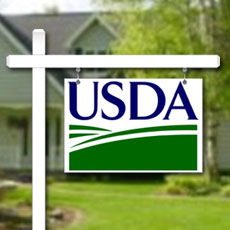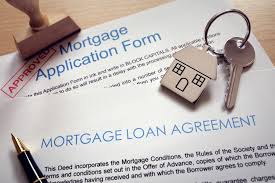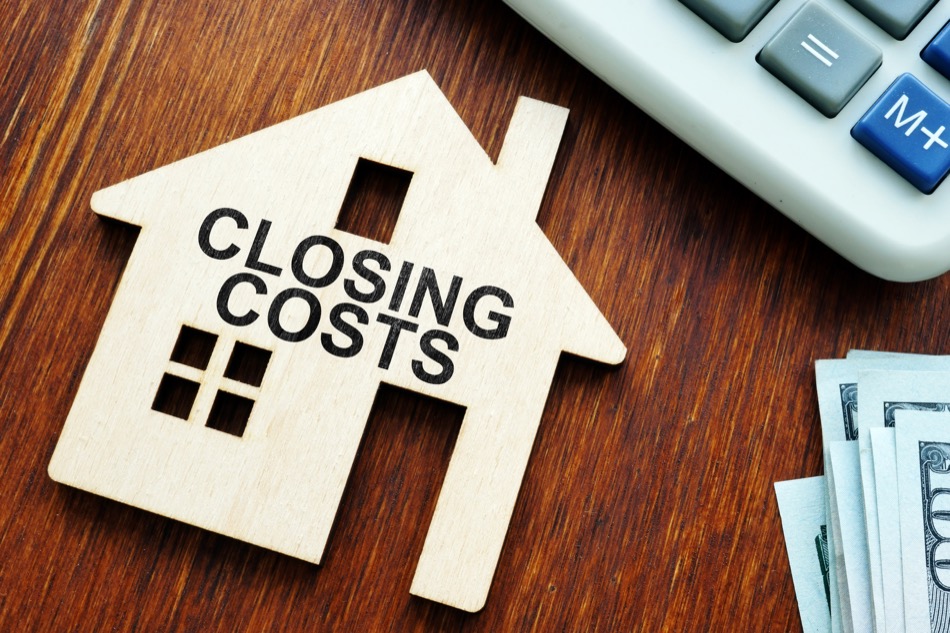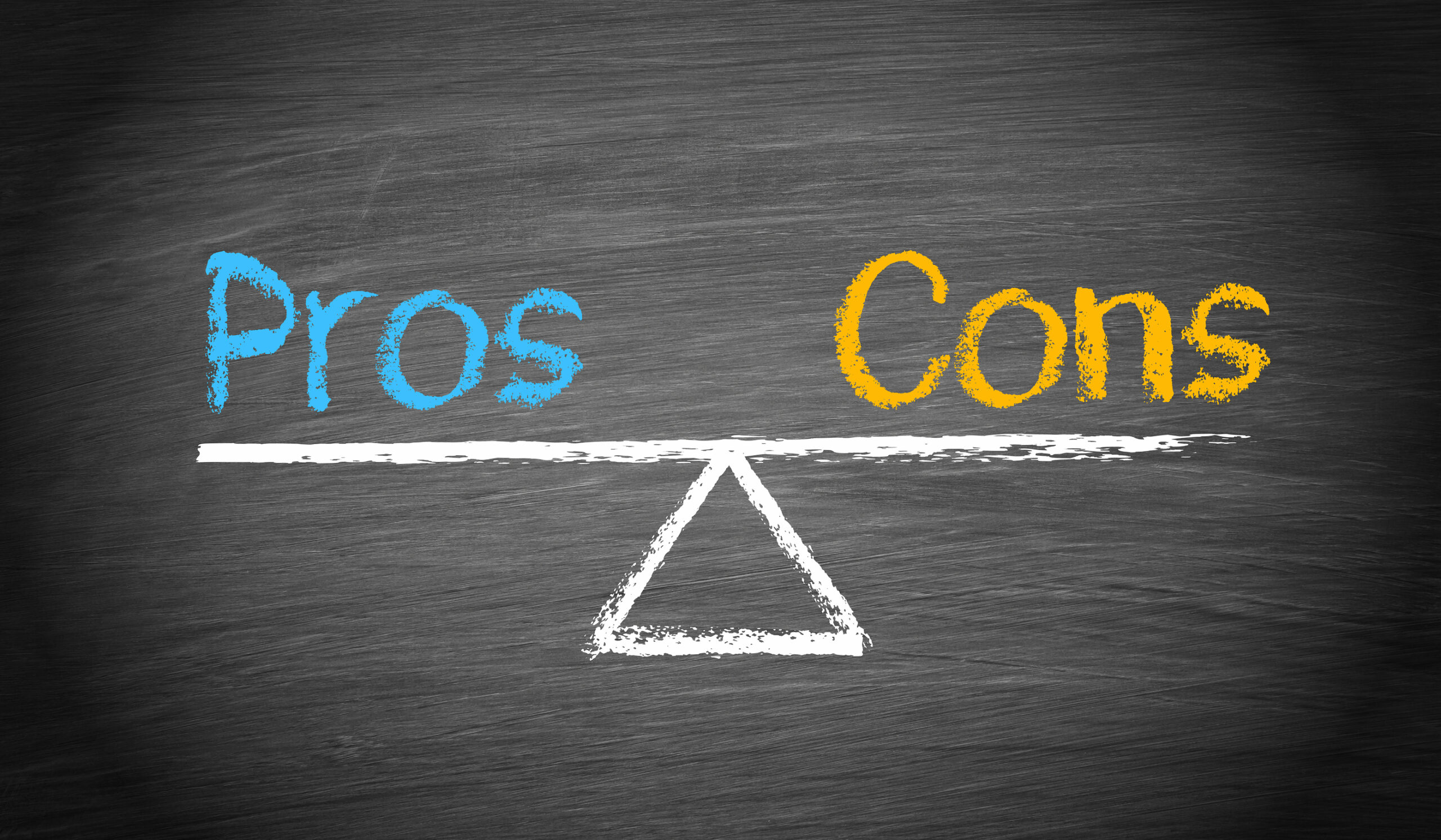 Many first-time home buyers have one obstacle in common when purchasing a home, and that’s the down payment. The majority of home loans in 2024 require a 5%, 10%, and even 20% down payment in some cases.
Many first-time home buyers have one obstacle in common when purchasing a home, and that’s the down payment. The majority of home loans in 2024 require a 5%, 10%, and even 20% down payment in some cases.
Thankfully there are still a few mortgage programs available that permit 100% financing. USDA Rural Housing 502 Guaranteed loans are government-backed by the United States Department of Agriculture & Rural Housing and provide a number of homeownership opportunities for qualified buyers with no down payment needed.
How Do USDA Loans Work?
The USDA loan is a 100% home loan meant to expand homeownership opportunities in rural and semi-rural areas. This is why it’s also called the “Rural Development” or “Rural Housing” loan.
The most common USDA loan available is the 502 Guaranteed program. USDA provides this “Guarantee” to lenders and banks that offer the program in the event a mortgage goes into default. A common misconception is the program is only reserved for first-time home buyers, not true. USDA loans are available to any qualified and eligible home buyer whether it’s your first home or fifth.
Qualifying for a USDA loan is simple and very similar to FHA, VA, and Conventional loans. The program is a full documentation loan that requires income and asset verification. The program has credit standards, and debt-to-income ratio limits similar to other mortgage programs. The key difference with USDA is the two eligibility requirements below.
 USDA Eligibility Requirments:
USDA Eligibility Requirments:
2024 USDA Income Limits:
Keep in mind that USDA loan qualifying and loan eligibility are two different things. Let’s talk first about the two core eligibility requirements. The program is designed to provide low and moderate-income households with homeownership opportunities. With that, USDA requires the household gross income to not exceed the limits in place per county or MSA. Households can make 115% of the area’s median income
The standard income limit is $110,650 annually for a 1-4 member household and $146,050 for a household of 5-8 members. These limits apply to most locations around the U.S. However, greater income limits are in place for designated “high-cost” locations in metros like DC, Nashville, Naples FL, and many counties in California, Colorado, New York, etc.
| Area | 1-4 member household income limit 2024 | 5-8 member household income limit 2024 |
|---|---|---|
| Orlando, FL | $110,650 | $146,050 |
| Atlanta, GA | $110,650 | $146,050 |
| Jacksonville | $110,650 | $146,050 |
It’s important to remember that buyers must include all income from anyone who lives in the household, even if they are not listed on the mortgage application. Some examples of extra income could be:
- Elderly household members with social security income
- A working teenager age 18 or older
- Side business or contractor work.
Buyers can check their income eligibility by using the online USDA income calculator. This tool will calculate your household income based on the county and the number of household members. In addition to calculating income, the online tool with help with approved income deductions if your income is close to the limit, some are listed below.
- Elderly members in the households
- Dependents living in the home
- Childcare expenses for children under 12
- Household members with disabilities
- Approved medical expenses
If you think your income is too high, the deductions listed above could bring it below the set cap. If you need assistance please call us anytime, or just submit the Info Request Form on this page.
USDA Eligibility Map, Approved Homes:
The second factor when determining eligibility is the physical location of the property. As the name suggests, USDA is for Rural Development. But don’t let the word “rural” fool you, as many outlying suburban locations that would not seem rural in nature are in fact qualified locations. The seller of the home, whether it’s a private seller, listing by a local real estate company, bank listing, etc, is not important. Again, the actual location of the house is the primary concern.
Just like the income calculator, USDA offers a handy property address lookup tool. The USDA property eligibility map is where buyers can check to see if a house is located in an eligible area. Sometimes less is better when using the property map lookup tool. If your submitted address inquiry says “invalid” try to leave out the city and state and just input the street number, street name, and zip code.
Any house that is outside of the darker shaded area is eligible. Nearly 97% of the entire U.S. is eligible for 100% USDA financing, according to the Housing Assistance Council, representing about 110 million people.
Regarding the home condition, USDA follows the same requirements as other government-backed mortgage programs like FHA and VA. The primary focus is safety, soundness, and security. Major systems like HVAC, roof, water, electrical and structural integrity should be in good repair and more importantly safe. If there are any concerns about these systems or safety, the appraiser will denote this in the report. The mortgage lender will likely require an additional inspection and remedy before closing.
Minor defects are normal and to be expected in any home whether it’s an older home or new construction. USDA does not require the repair of minor cosmetic defects, deferred home maintenance, and normal wear if they do not affect the safety and soundness of the home
 2024 USDA Loan Limits:
2024 USDA Loan Limits:
The USDA Guaranteed program does not have a set loan limit. Borrowers qualify based on their debt-to-income (DTI) ratios. Generally speaking, USDA sets the DTI limit for housing expenses to 29% of the borrowers qualifying income. This is called the borrower(s) front-end or housing expense ratio. In a sense, the income limits in place act as a way to limit loan amounts.
For example, let’s assume Jeff wants to purchase a home outside of Tampa, Florida. He has a total qualifying income of $75,000 per year, the monthly income amount would be $6,250
29% of $6,250 would be $1,812.50 per month, this is Jeff’s max allowed housing expense. Keep in mind the housing expense must include principal, interest, property taxes, home insurance, mortgage insurance and HOA fees if applicable. In this example, Jeff would qualify for approximately a $225,000 home. This is a best-case scenario and the exact amount will depend on Jeff’s back-end debt ratio which includes not only housing expenses but all other monthly debt like car loans, student loans, etc.
Again, USDA doesn’t limit loan amounts but it does limit income, which indirectly caps the amount a buyer can qualify for. The maximum back-end debt ratio (total debt) for USDA loans is around 41% but can be slightly higher for well-qualified borrowers. This can include borrowers with exceptional credit scores, strong savings, and good job history to name a few.

USDA Closing Costs & Down Payment:
USDA does not require a down payment. However, borrowers can elect to put down 5% or 10% if they choose. However, buyers with a 5%+ down payment will generally revert to a conventional loan product since it does not require the upfront 1% USDA Guarantee Fee.
All government-backed mortgage programs like USDA, FHA, and VA require a one-time upfront Guarantee or Funding fee that is rolled into the final loan amount. Depending on the loan type this fee can range from 1%-2.3% of the loan amount.
Even with a $0 down payment, buyers want to remember that closing costs are needed and this generally accounts for 3% – 5% of the home purchase price. So if you are purchasing a $200,000 home, it’s a good idea to budget at least $6,000 for the closing, inspection, and appraisal costs along with pre-paid escrows for property tax and home insurance.
USDA does permit the home seller to pay concessions for the buyers closing cost, generally up to 6% of the home purchase price. Furthermore, USDA also permits the buyer to roll in their closing costs up to the appraised value of the home. What exactly does this mean?
Let’s assume Mary is purchasing a home for $250,000 and the closing costs, plus pre-paid escrows equal $6,500. As long as the home appraises for $256,500, Mary can include and finance all these costs into the new loan. Doing this will help Mary to come to closing with very little to no money out of pocket.
 USDA Mortgage Insurance & Guarantee Fee:
USDA Mortgage Insurance & Guarantee Fee:
Nearly all low down payment mortgages require some sort of monthly mortgage insurance or “PMI” as some know the term. For USDA loans, the “Annual fee” as it’s called is a monthly mortgage insurance amount of 0.35% of the loan balance annually. The mortgage company divides the fee into 12 equal installments and adds it to your normal monthly payment.
Please note, the USDA mortgage calculator found on our home page will automatically figure the monthly mortgage insurance costs for your desired loan amount.
In addition to the monthly fee, USDA has a one-time upfront Guarantee Fee of 1.0% of the loan amount. As mentioned above, all government-backed mortgage programs have this and the fee is commonly added to the buyer’s final loan amount. Let’s look at an example below of figuring out the monthly mortgage insurance and guarantee fee.
Example: Brad is purchasing a $230,000 home with a $0 down payment.
One-time guarantee fee: 1% of $230,000 = $2,300.00
Monthly mortgage insurance: $230,000 x .0035 = $805.00 / 12 months = $67.08 per month
 USDA Loans, The Pros and Cons?
USDA Loans, The Pros and Cons?
USDA loans are a fantastic choice for homebuyers who meet the eligibility and qualifying requirements. But for some borrowers, this option will not work maybe due to income or location restrictions.
Pros:
- 100% Financing
- Any homebuyer can apply, not reserved exclusively for first-time homebuyers
- No first-time buyers class or education requirements are needed to apply
- Low 30-year fix mortgage rates – USDA loans are secure fix-rate loans with no early payoff penalties
- Lower upfront and monthly mortgage insurance when compared to FHA loans
- Many banks and lenders offer them; you don’t have to apply to the government directly
- Easy credit score requirements; some lenders allow USDA loan credit scores as low as 600
- Flexibility to have closing costs paid by the home seller or rolled into the loan
Cons:
- Some households make too much income for eligibility
- Approved eligible areas may be too remote
- Comes with upfront and ongoing mortgage insurance
- 1-unit homes only. No multifamily properties
- Primary residence only, no investment or second home purchase transactions allowed
Other Mortgage Alternatives:
- Conventional loan: 5% down payment, no limits on income or property location. No upfront guarantee or funding fee. Loan limits over $700,000
- FHA loan: 3.5% down payment, no limits on income or property location. Muti-unit properties allowed.
- VA loan: 100% financing, NO monthly mortgage insurance. No limits on income or property location. Military service is required. Learn more about the 2024 VA loan guidelines.
Homebuyers can read the complete detailed list of USDA FAQs here. Have questions about any of the programs mentioned? Please connect with us 7 days a week y calling the number above, or just submit the Quick Contact Form on this page.
